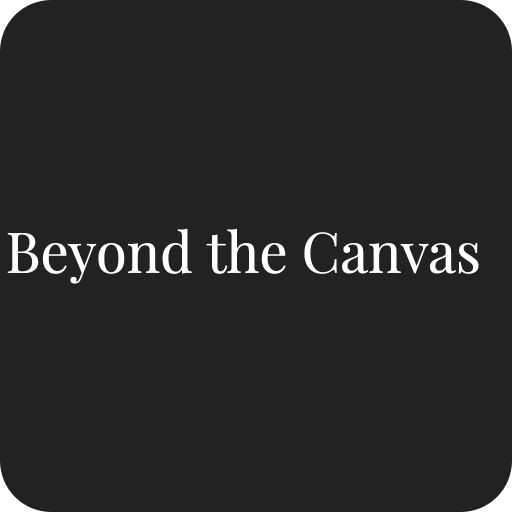- Beyond the Canvas

- Jul 5, 2020
- 2 min read
Updated: Feb 14, 2022
The Black Lives Matter movement is having an extraordinary impact on the way brands communicate and behave. Whether it's just 'woke washing' or genuine corporate activism, a growing number of consumers expects brands to become credible advocates of the black community and address long-standing racist and discriminatory stances. Some of the world's biggest names are scrambling to engage in the conversation and put things rights.
As a case in point, after 131 years Quaker Oats, owners of the Aunt Jemima breakfast food range, announced they would drop the name and packaging imagery as they committed “to make progress toward racial equality.” Sure took them a while. And let's be 100% clear here, when the brand was created in 1893, the founders hired a former slave to portray Aunt Jemima at the World's Fair in Chicago. In the mid-1950s, print ads showed the black maid superimposed over an image of a plantation and a riverboat. So yes, she was still and always slave.
In 1972 American artist Betye Saar (b.1926) started working on a series of sculptural assemblages, a choice of medium inspired by the work of Joseph Cornell. The most iconic is The Liberation of Aunt Jemima, where Saar appropriated a derogatory image and empowered it by equipping the mammy, a well-established stereotype of domestic servitude, with a rifle. The maid, who holds a broom in the other hand and a child in her arms, becomes a revolutionary symbol of the fight for Black liberation and female rights.
Speaking to the LA Times in 2016, Saar said: “It’s like they abolished slavery, but they kept Black people in the kitchen as mammy jars. I had this Aunt Jemima, and I wanted to put a rifle and a grenade under her skirts. I wanted to empower her. I wanted to make her a warrior. I wanted people to know that Black people wouldn’t be enslaved by that.” Saar welcomed the news that the brand was finally being retired on her Instagram account: "She’s liberated! Finally at long last! And it’s about time!"
Uncle Ben's has got to be next, surely?
#auntjemima #betyesaar #racialstereotypes #blackart #blackartist #blm #femaleartist #artblog #artblogger #beyondthecanvasblog

Betye Saar (b. 1926)
The Liberation of Aunt Jemima, 1972

The original Aunt Jemima and the 'updated' version from 1989.



